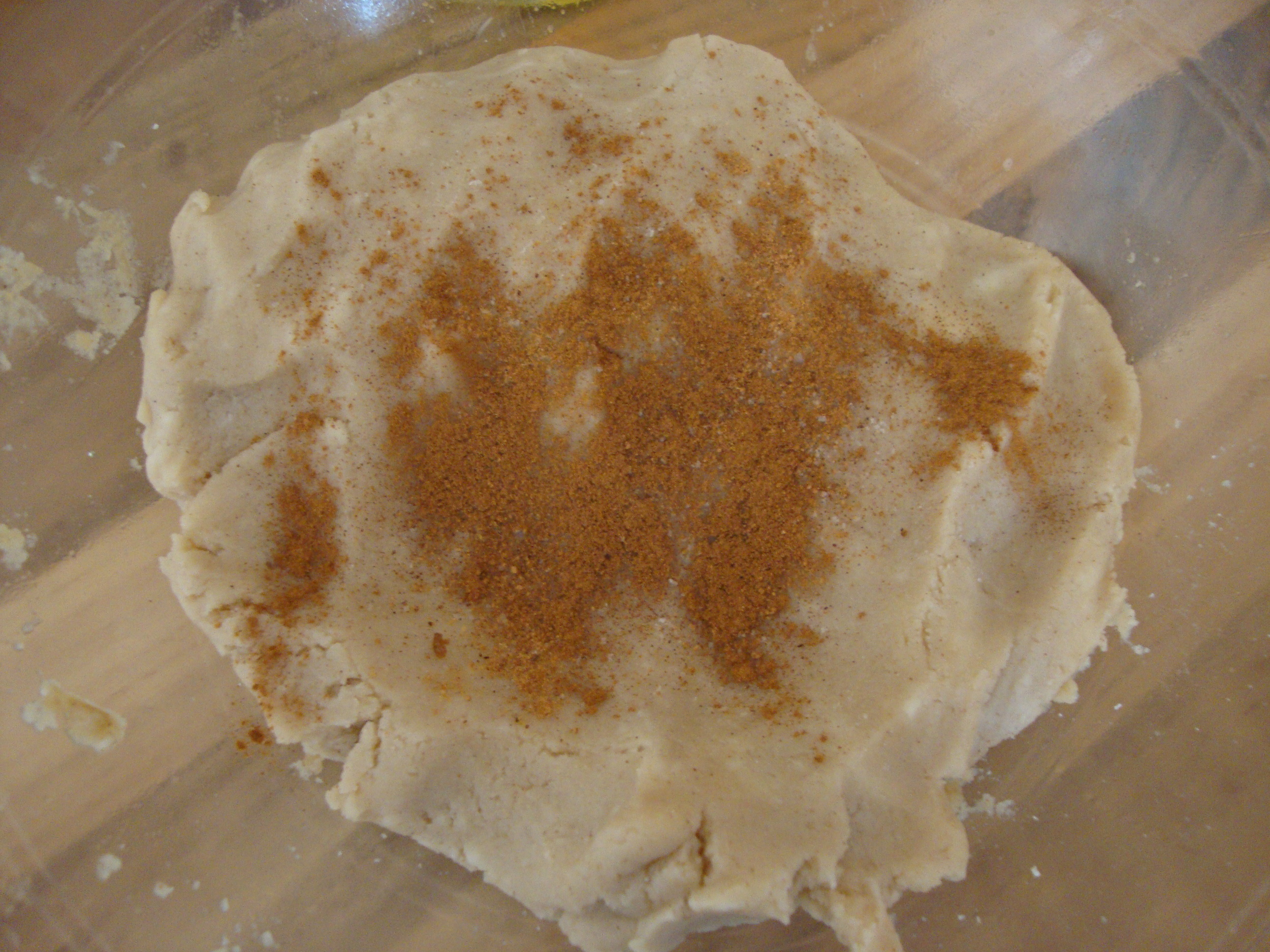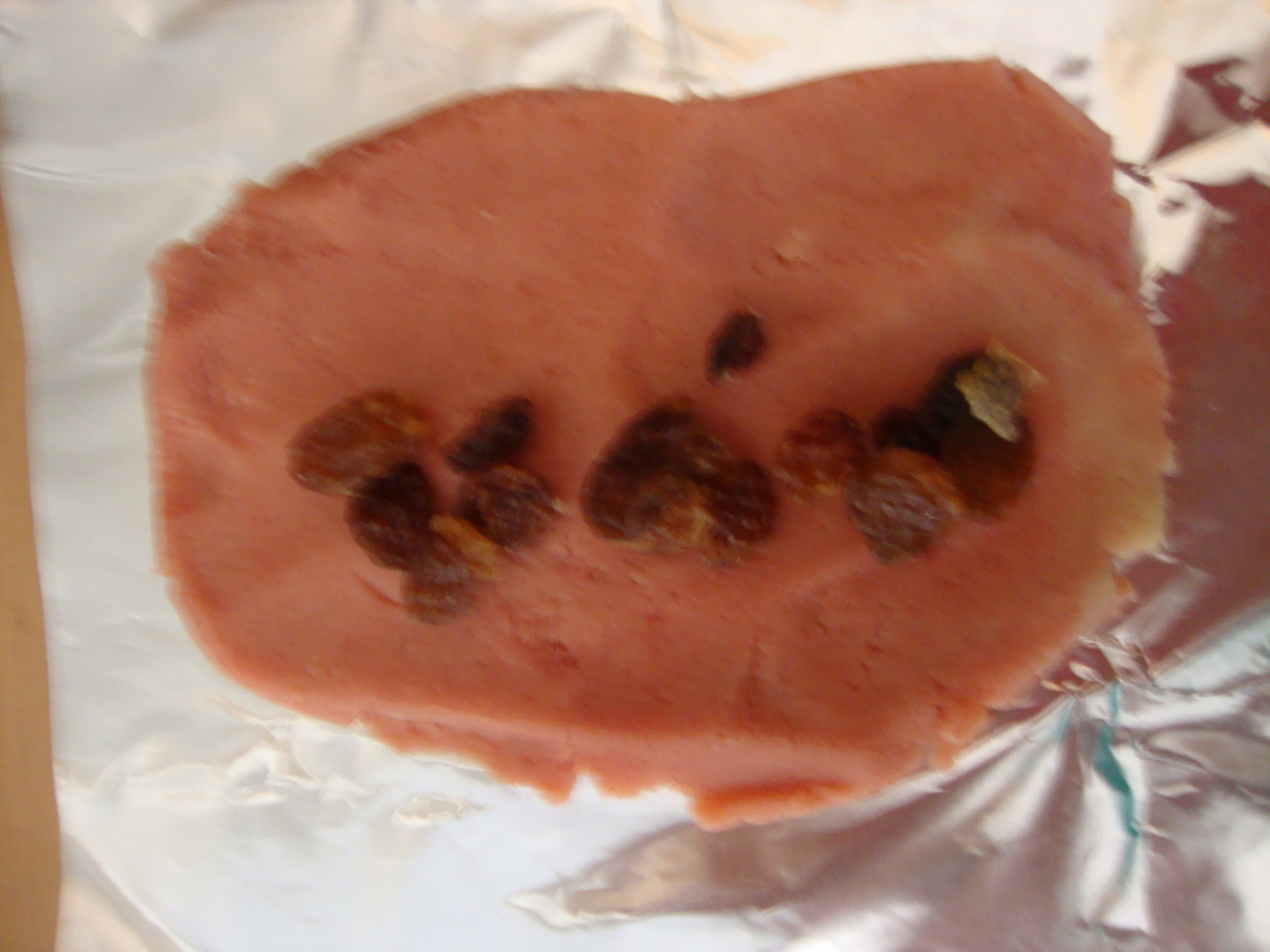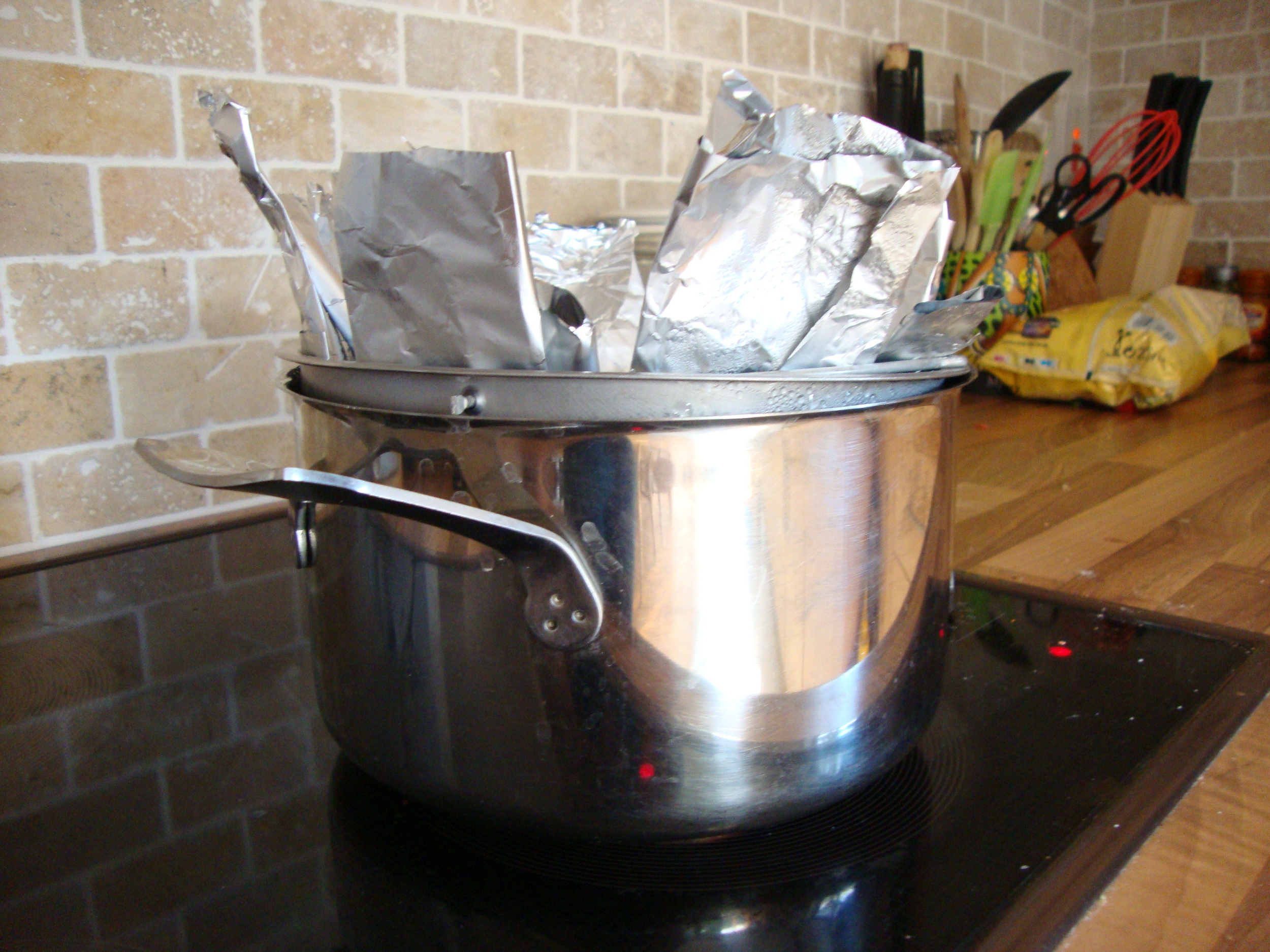I've blogged about making tamales before, and how they're a Mexican tradition during Christmastime. But on this lazy Sunday afternoon, I've decided to forget about doing anything productive (school-wise), in favor of trying to recreate the delicious tamales that were made during Christmas. I don't know what's weirder: making tamales in July, or making tamales in a country where most people would think it's pronounced tah-mail-ees (for the record, it's tah-mah-lehs).
So what inspired this sudden urge to make these delicious Mexican treats? I was recently browsing the sale rack at Sainsbury's, and came across a single, glorious bag of masa harina.
 Seriously, this stuff is harder to find than a shirtless Brit in Hyde Park who isn't glowing shades of white and pink and sporting a paunchy beer belly.
Seriously, this stuff is harder to find than a shirtless Brit in Hyde Park who isn't glowing shades of white and pink and sporting a paunchy beer belly.
And it was only 92p! The only corn tortillas that they sell here are actually flour tortillas with just a little bit of cornmeal added. Massive failure for the gluten-intolerant! So I figured I would pick up a bag of this stuff and attempt to make my own corn tortillas.
They didn't exactly turn out how I had imagined, so I thought I'd try my hand at tamale-making. The only problem? Tamales are traditionally made in corn husks. Luckily, a quick Google search told me that aluminum foil makes a decent substitute. Huzzah!
I didn't really use a recipe for the masa.  Instead, I was winging it based on what I had learned from my friends in December. Water, masa flour, dash of vegetable oil, brown sugar, and cinnamon.
Instead, I was winging it based on what I had learned from my friends in December. Water, masa flour, dash of vegetable oil, brown sugar, and cinnamon.
I divided half the dough, and made the other half the traditional pink color and filled them with raisins.

Afterwards, I prepared the steamer. One trick of the tamale trade is to put a coin in the part of the pot with the water. When you stop hearing it rattle, that means you have to add more water.
I spread out all of the masa onto small sheets of foil, folded them up into little packets, and placed them in the steaming basket.

It didn't occur to me until, after over an hour and they were still uncooked, that I should have probably put a lid over the pot. Whoops. Well, after I put the lid on they cooked up pretty quickly.
And the verdict? Mehhhh....the taste is sort of almost there, but there's a definite taste difference from not using corn husks. Damn you, aluminum, you've FOILED my tamale-making attempts!